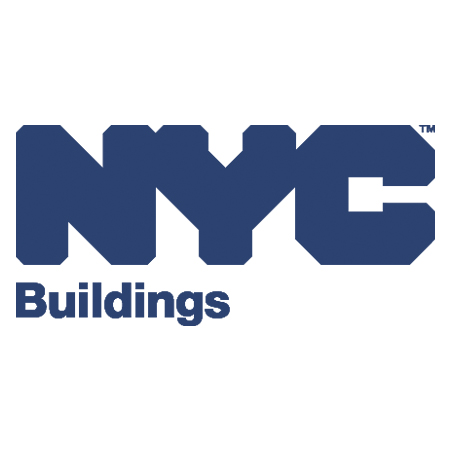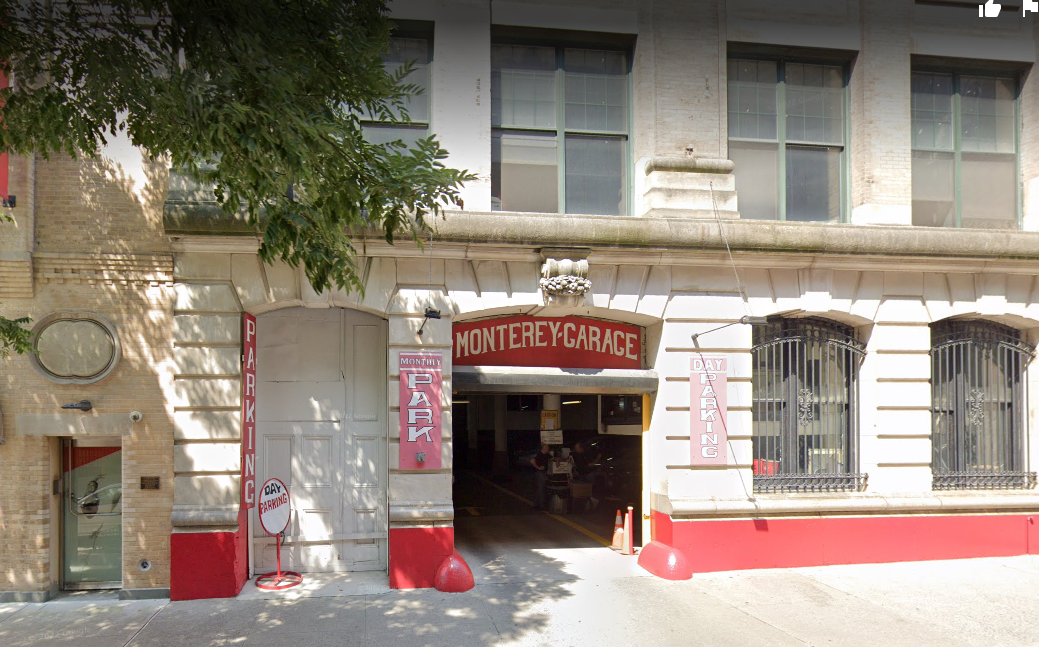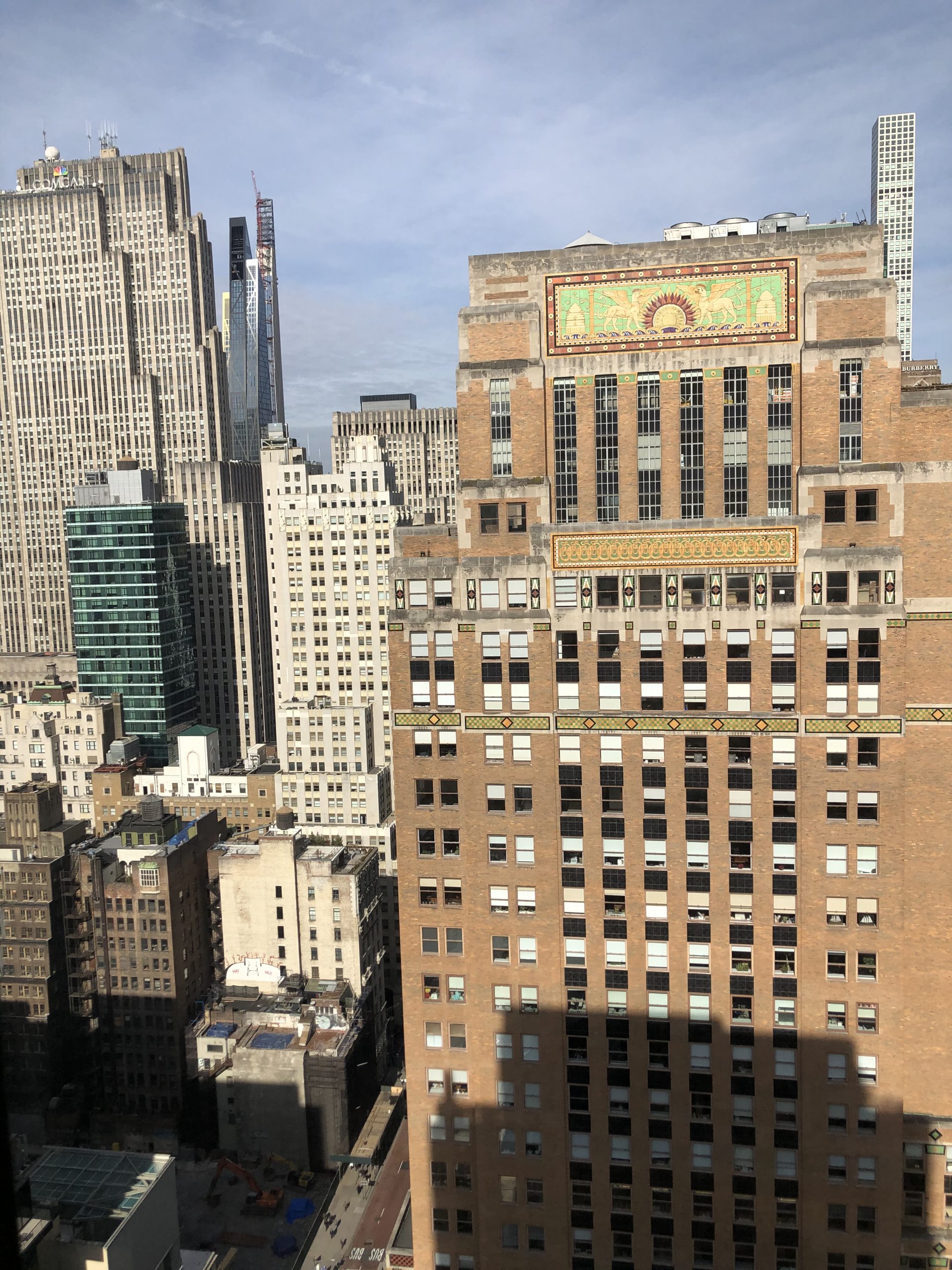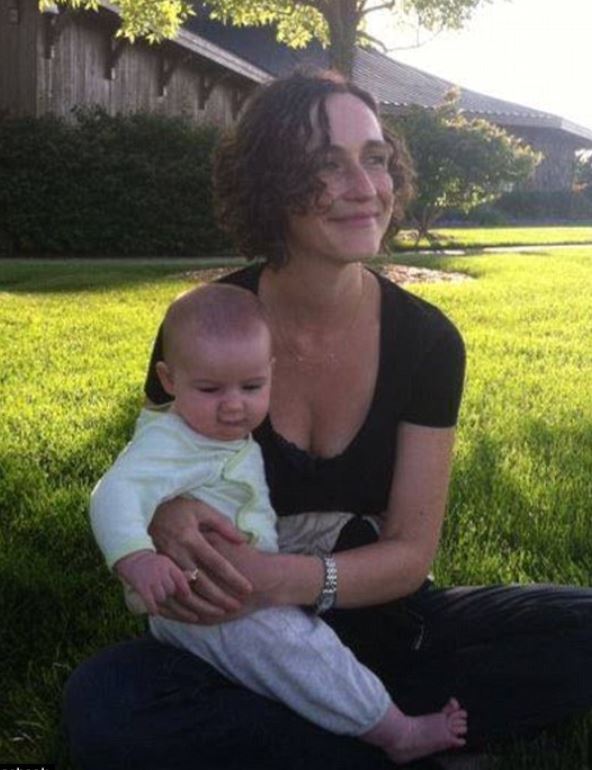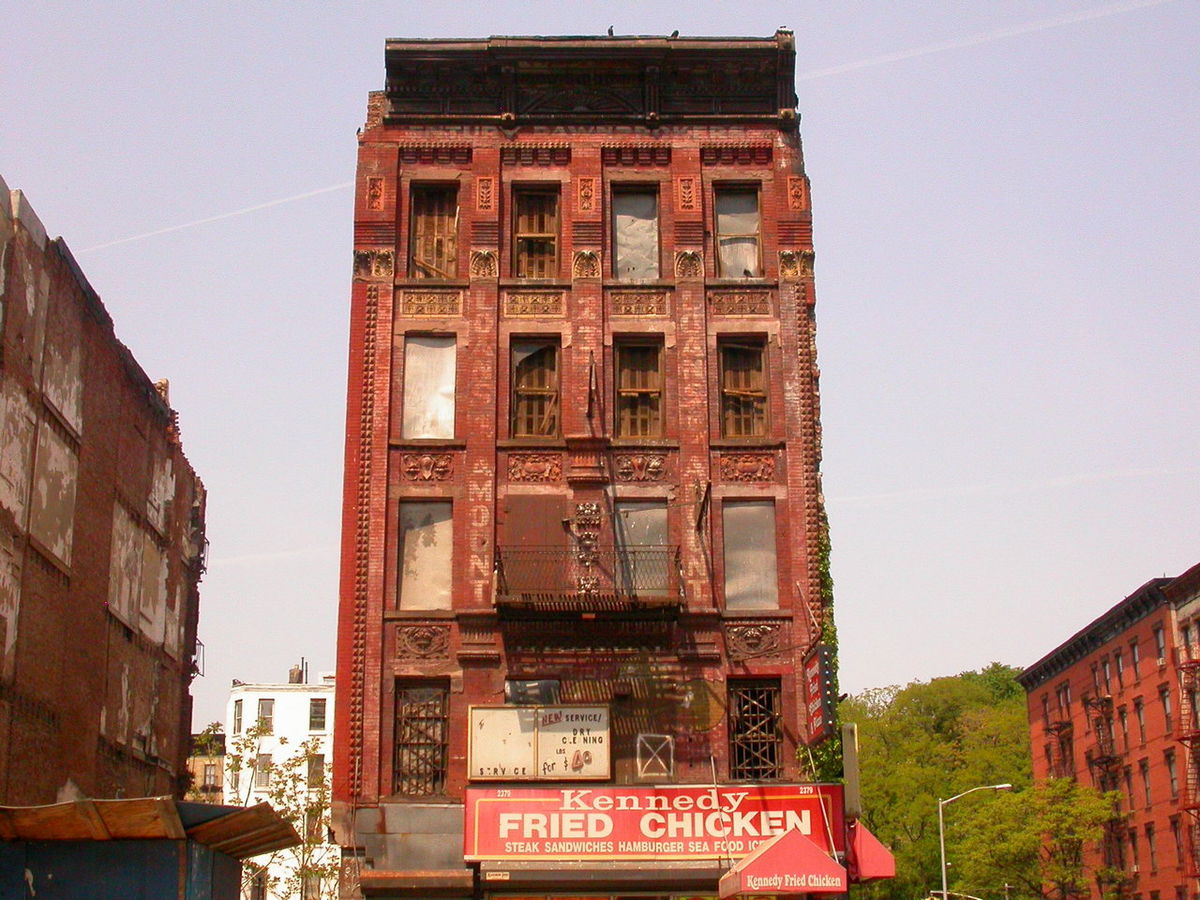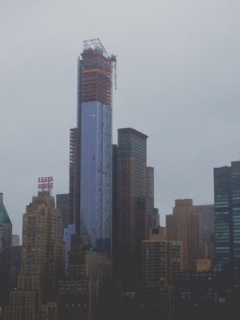Proactive Inspections for Aging Buildings: A New Dawn for NYC’s Safety
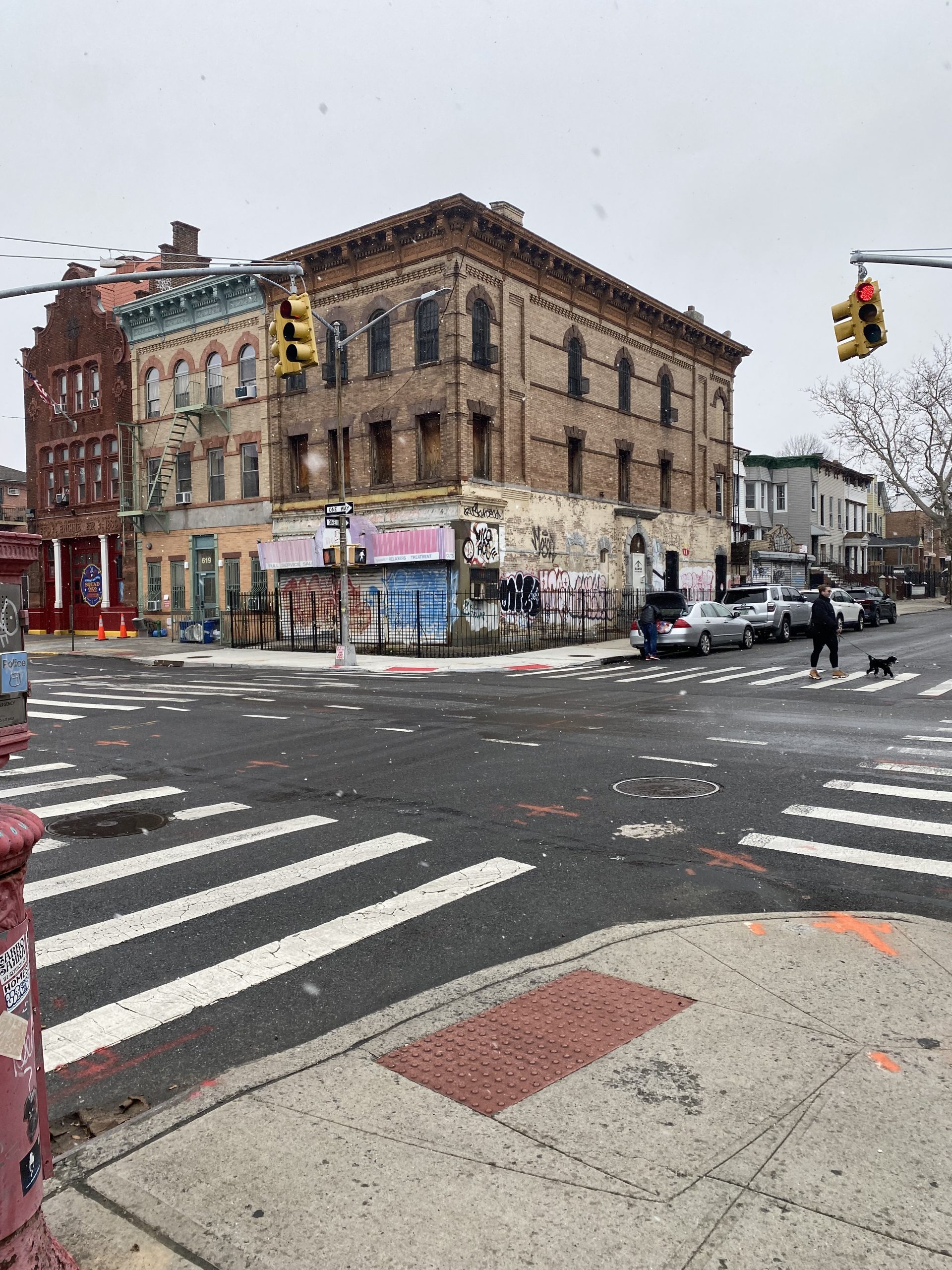 In a monumental move to safeguard New York City’s residents, the City Council has passed a bill mandating proactive inspections for residential buildings based on their structural risks. As building collapse attorneys in New York City, this development is not only welcome but long overdue. The city’s new initiative promises to prevent tragedies by identifying potential hazards before they become catastrophic failures.
In a monumental move to safeguard New York City’s residents, the City Council has passed a bill mandating proactive inspections for residential buildings based on their structural risks. As building collapse attorneys in New York City, this development is not only welcome but long overdue. The city’s new initiative promises to prevent tragedies by identifying potential hazards before they become catastrophic failures.
A Shift from Reactive to Proactive
Historically, New York City’s approach to building safety has been largely reactive, relying on complaints and reports of visible damage before taking action. This method has proven insufficient, as evidenced by recent incidents of structural collapses that have caused significant disruption and loss.
 New York Personal Injury Attorneys Blog
New York Personal Injury Attorneys Blog


